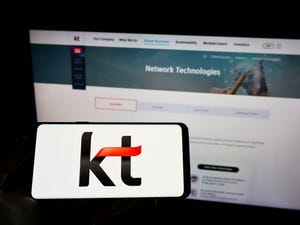AT&T Opens New Innovation Labs
Opens up two new Foundry innovation labs to develop devices and apps for the home and connected car

AT&T Inc. is breaking ground on two new Foundry innovation centers in Atlanta and Plano, Texas, bringing its total to five across the globe.
The Atlanta facility, setting up shop next to partner Georgia Tech and sponsored by Cisco, will focus on Digital Life (its connected home initiative), connected cars, emerging devices and AT&T's U-Verse IPTV service.
The Plano location, where AT&T already has a Foundry, will focus on machine-to-machine (M2M) communications and connected devices (or the "Internet of Things").
AT&T has invested more US$100 million in its Foundry program. Its first three labs, opened in Plano, Palo Alto and Ra'anana, Israel in 2011, were primarily, but not exclusively, focused on enabling mobile applications developments.
The operator took the opportunity today to highlight some of the success from its first labs, including: the fast-track development with Intucell of Self-Optimizing Network (SON) technology, now deployed in its network; Toggle, its dual-persona smartphone software; and Remote Patient Monitoring, a healthcare service that makes use of 4G/LTE connectivity.
Why this matters
Like other traditional telcos, AT&T is looking for ways to tap into application and device innovation by providing the resources (funding, premises, advice) to stimulate new developments.
With its first three Foundries well established, AT&T is now turning its attention more towards devices and services tailored to the AT&T customer base rather than developing APIs that open up its network assets to third-party developers.
At its new facilities, it is eyeing developments such as trackable luggage and ways to extend its brand in the connected home and car.
AT&T is not alone in turning its attention towards the Internet of Things: Verizon Wireless, too, has taken this approach with its innovation labs in San Francisco and Waltham, Mass., as connected, non-cellular devices represent the next big growth opportunity for wireless operators.
For more
CTIA: Carriers' Developer Love Fest is Kaput
Photos: AT&T Shows Off its Innovation
CTIA: Digital Life Pays Off for AT&T
— Sarah Reedy, Senior Editor, Light Reading
About the Author(s)
You May Also Like












